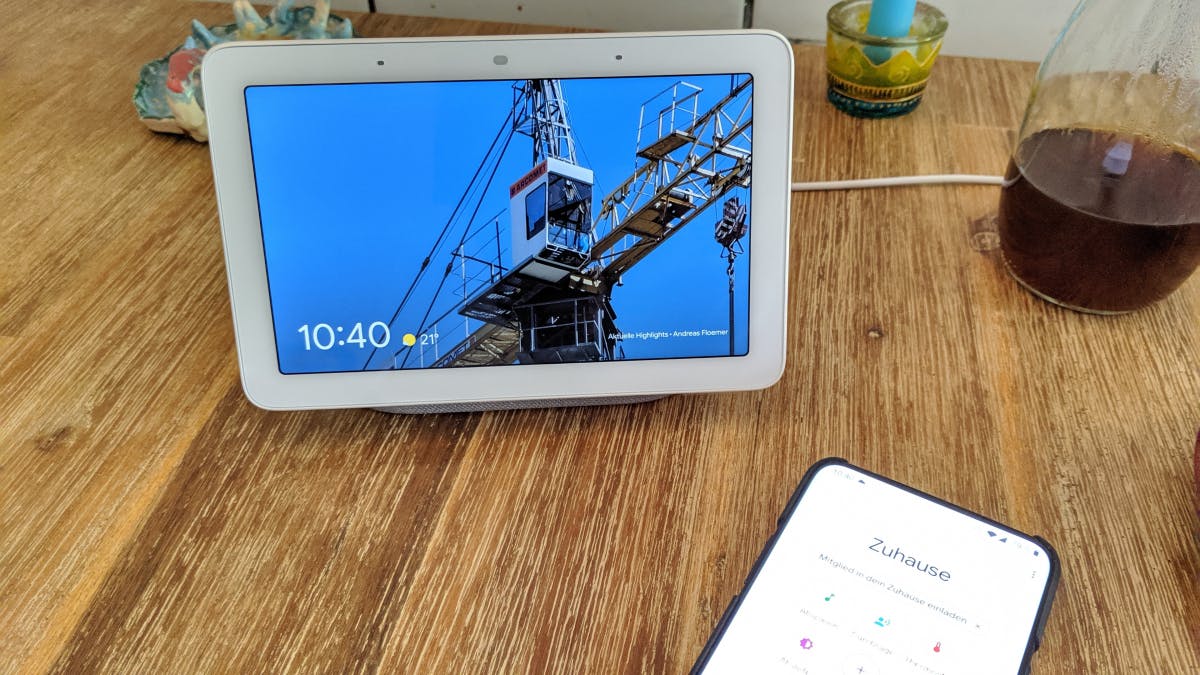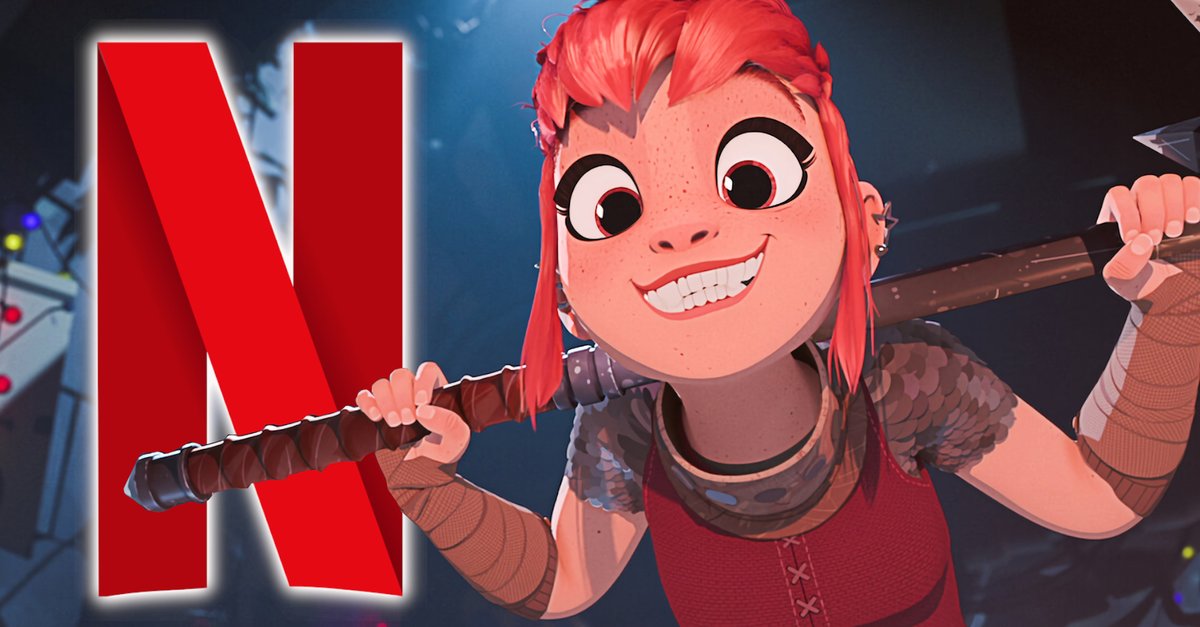Google is giving its old Nest Hub the new operating system
Google’s Fuchsia OS operating system, which has been in development for years, will have its first official home: the first-generation Nest Hub will receive the OS first.
With Fuchsia OS, a Google team has been working on an operating system that has been free of Linux and old ballast since at least 2016. Now, one week after the in-house developer conference Google I / O – basically the ideal stage for the new OS – the company has announced that it will be adding fuchsia to the first product. And many users already have that at home.
Contents
Google Nest Hub is the first product with Fuchsia OS
Like Google the US blog 9to5 Google explains, the company will add Fuchsia OS to the first generation Smart Display Nest Hub from 2018. The new operating system replaces the Linux-based Cast OS previously installed on the device, which Google previously used in its smart displays.
Fuchsia OS premieres on the Nest Hub in 2018. (Photo: t3n)
However, owners of the Nest Hub should not be able to determine too great differences to the previous software. The user interface and operation of the Nest Hub will be essentially identical, according to 9to5Google. This is possible, among other things, because Google’s smart display surface was developed with the UI toolkit Flutter. It is designed to enable apps to be consistently independent of the platform – Fuchsia is no exception.
According to Google, the fuchsia-based update for the Nest Hub (first generation) will initially be distributed to participants in the preview program before it will finally be available nationwide. Owners of the smart display might not even notice the change, it is said. This type of update should mean that Google is carrying out the ultimately major OS change rather cautiously.
Fuchsia OS: Developed for more than just smart displays
Even if Google is initially only making its Fuchsia OS available for its three-year-old smart display, the operating system has been developed for many device categories. Years ago, Google tested it on a Pixelbook and smartphones. When further products based on Fuchsia OS will come onto the market or existing ones will be updated is only a matter of time. Incidentally, not only Google is involved in the development of Fuchsia, Samsung has also been listed as a contributing company for a while. However, the contributor role is apparently only with the F2F2 file system connecteddeveloped by Samsung.
Google describes Fuchsia OS as a modern operating system with which various legacies of existing platforms can be removed. Instead of Linux, Google uses a self-developed microkernel called Zircon for Fuchsia OS. In addition, the General Public License (GPL) has been deleted from the new OS. According to the company, parts of the new OS are licensed under a mixture of BSD Clause 3, MIT and Apache 2.0. Other components include graphic interfaces (Magma, Escher and Scenic), the UI toolkit Flutter and the Dart programming language.



